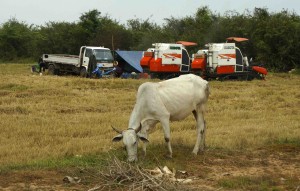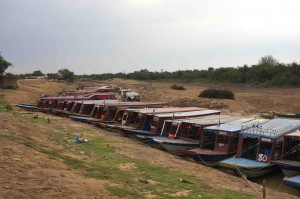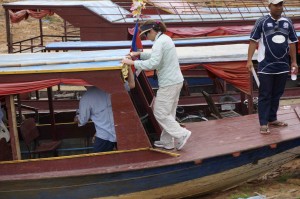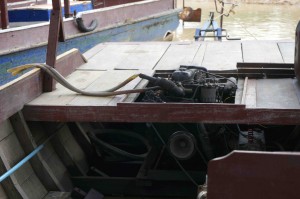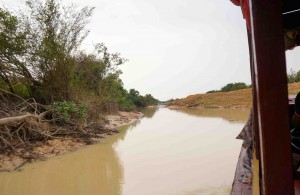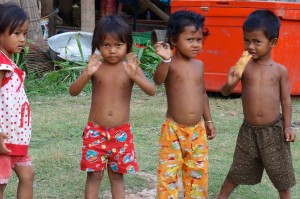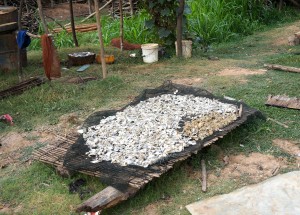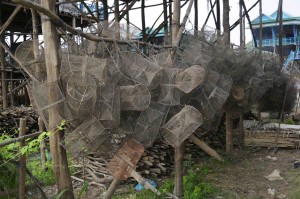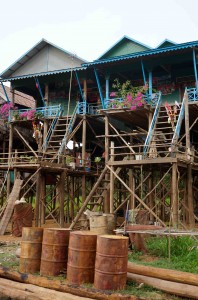- Getting ready to hit the road!
- Some thoughts on Hong Kong…
- A day in Danang and Hue, Vietnam
- Saigon River and Saigon, Vietnam
- Siem Reap and Temples, Cambodia
- The Floating Village — Kompong Phluk, Cambodia
- Phnom Penh and the road to Sihanoukville, Cambodia
- Bangkok, Thailand
- Day 2 in Bangkok — Ayutthaya, Thailand
- Singapore
- Langkawi Island, Malaysia
- Phuket, Thailand — or sort of…
- New Delhi, India
- Agra and the Taj Mahal
- The road to — and Jaipur, India
- India — a few closing thoughts.
- Dubai, United Arab Emirates
- Oman (The Sultanate of)
- Luxor, Karnak, and the Valley of the Kings, Egypt
- Petra, Jordan
- Sharm el Sheik and St. Catherine’s Monastery, Egypt
- Cairo and Giza, Egypt
- Egypt — Some final thoughts…
- Zooming around Israel
- Bodrum, Kusadasi, and Ephesus, Turkey
- Corfu, Greece
- Dubrovnik and Zadar, Croatia
- Venice, Italy — the last hurrah!
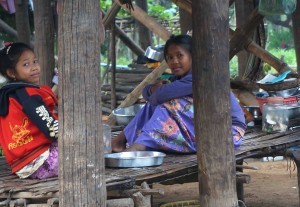
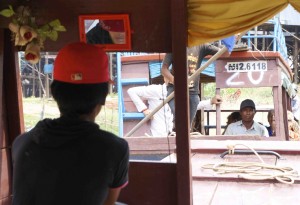
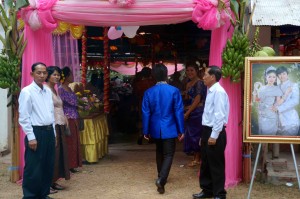
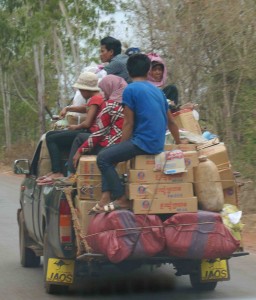
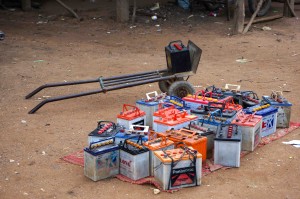
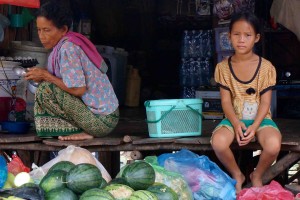
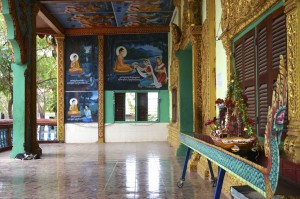
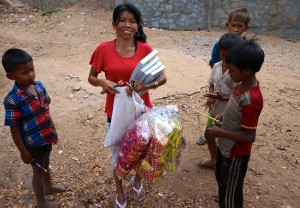
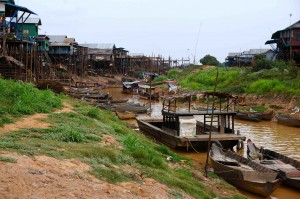
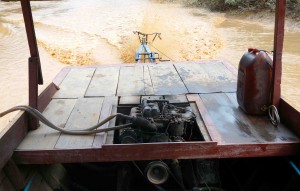
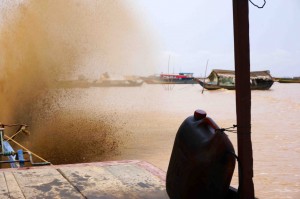
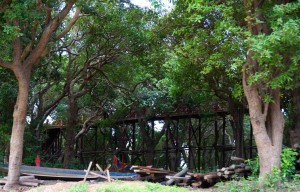
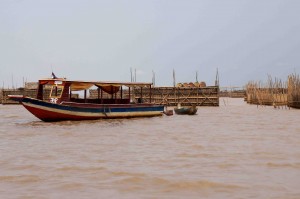
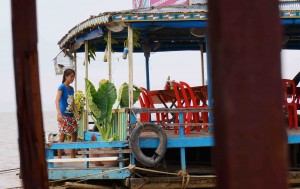
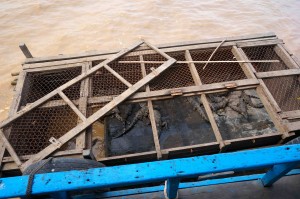
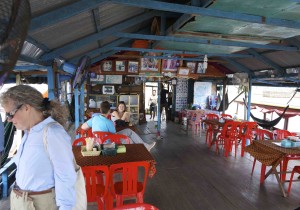

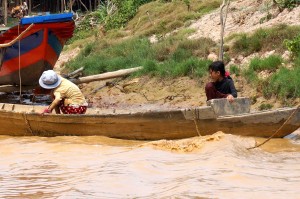
Today, we headed a couple of hours from Siem Reap to see something truly amazing – the floating village of Kompong Phluk (well, it would be floating during the rainy season; now it’s just a narrow, shallow strip of river emptying into the equally shallow lake – Tonle Sap). Kompong Phluk is primarily an aquaculture-oriented community. They grow fish and shrimp in giant wicker enclosures, fed by the comings and goings of Tonle Sap. I say “comings and goings,” because this is exactly what happens seasonally. Tonle Sap is fed by the Mekong River that starts in China and flows to the Mekong Delta through Phnom Penh. During the rainy season, the Mekong and Tonle Sap flood, sending water and the migratory fish downstream. Entering the dry season, the river actually flows in reverse, pushing water back into the lake. Having said that, the difference between high and low is dramatic – in the rainy season, the lake is 30 feet deep and covers around 4500 square miles. During the dry season it drops to around 3 feet and covers just 1100 square miles. And the Roulos River (at the mouth of which Kompong Phluk sits) narrows to around 20 feet across and a depth that varies between inches and a small number of feet. As you will see from the pictures, all the houses sit on stilts. During the rainy season, the water level is just under their entrances. As the water recedes, they can grow and harvest one cycle of rice and then it is onto to local farming and very meager fish harvesting. It’s a tough life but people seem to take it in stride. As everywhere else we visited in the countryside, people were very happy to see us and there was a lot of waving going on. Part of the happiness may be do to the tourism dollars that come their way through the boat operations that bring tourists to their village and the lake. When we were there, we only saw another 5-6 boats operating (it is the dry season!), but in high season, there are over a hundred. Luckily, the river is much wider/deeper then or you would have yet another traffic jam. On our way back, we passed a couple of wedding ceremonies. In Cambodia, the groom’s family pays for the wedding and the party lasts for 1.5 days. People don’t give gifts, but after the big celebration, they pass a big plastic heart around and everyone contributes. We saw lots of them on the trip down to Sihanoukville (but more of that later).
